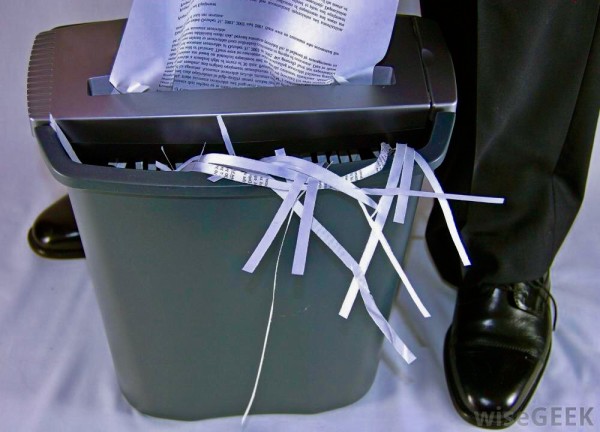The Court of Appeal has dismissed the appeal of a fuel supplier found 40% at fault in a case involving the discharge of 500 litres of fuel oil from two indoor residential tanks. The oil leaked into the soil underneath and around the house and ultimately made its way into a nearby lake. Remediation costs reached almost $2 million. The court also dismissed the appeal of the plaintiff homeowner who was found to be 60% contributorily negligent for the loss.
In Gendron v. Thompson Fuels, the plaintiff homeowner personally installed two indoor fuel tanks in his basement and did not have them inspected by a certified Oil Burner Technician as required. He also failed to have the tank and system inspected annually. The installation was not compliant with the B 139 installation standard which rendered the system non-compliant with Regulation 213/01 under the Technical Standards and Safety Act. Distributors are required to take certain steps when they find that a system is not compliant with the Regulation and in short, after 90 days can no longer deliver fuel to the system until it is brought into compliance. In this case, the distributor continued to deliver fuel oil to the non-compliant system for several years until the loss occurred.
Claims by the homeowner were advanced against the distributor, Thompson Fuels, the tank manufacturer, Granby Inc. and the TSSA for failing to take certain steps after the loss which may have lessened the impact of the spill.
The Court of Appeal was unwilling to disturb the trial judge’s finding that Thompson had not conducted a comprehensive inspection as required under the Regulation. A distributor is not only required to have a comprehensive inspection done at least once every 10 years, it is also required to maintain the record of that inspection. Thompson had no record of any inspection. The court emphasized that the 50 occasions of oil delivery when there had been no comprehensive inspection represented a frequent and flagrant breach of the Regulation. This was characterized as the cornerstone of the case against the distributor and the 40% allocation of fault.
The plaintiff homeowner was found 60% at fault for the loss as a result of a combination of factors – his improper installation of the tank, his failure to have the system properly inspected on a regular basis and his delay of almost 12 days in reporting the loss to his insurance company which resulted in increased damages.
Of interest was the appeal court upholding the finding that the TSSA did owe the homeowner a duty of care at the time of their initial attendance after the loss was reported. However they found no liability as there was no evidence of the appropriate standard of care of a TSSA inspector. The tank manufacturer, Granby had settled their portion of the claim by way of a Pierringer Agreement. However, the court upheld the trial judge’s finding that Granby had no liability.
There are a number of important takeaways from the decision and as a result it is worth a close read. For instance, the court accepted the evidence on the standard of care of an OBT as it pertains to undertaking a dip test to determine the presence or not of water on indoor tanks. For many years there has been no requirement to do so on an annual basis for indoor tanks while there has been a requirement for a dip test on outdoor tanks. There was standard of care evidence of OBT’s in this case that dip testing for water on indoor tanks was routine.
A copy of the decision in Gendron v. Thompson can be found here.





